At The Money: Stock Market Stories via the Narrative Machine. (December 17, 2025)
Full transcript below.
~~~
About this week’s guest:
Ben Hunt is founder of Perscient, a firm that studies how narratives and stories shape markets, investing, and social behavior through the lens of information theory, game theory, and unstructured data analysis. His work analyzes the language, story arcs, and viral spread of explanations in media
For more info, see:
Persient
Personal Bio
Website: Epsilon Theory
Masters in Business (Coming soon!)
LinkedIn
Twitter
Find all of the previous At the Money episodes here, and in the MiB feed on Apple Podcasts, YouTube, Spotify, and Bloomberg. And find the entire musical playlist of all the songs I have used on At the Money on Spotify
TRANSCRIPT:
Investors regularly consume all sorts of financial news, opinion commentary, but they hardly ever consider. Who’s driving those narratives and whether they’re helpful to their portfolios? I’m Barry Ritholtz and on today’s edition of At The Money, we’re gonna discuss the narrative machine To help us unpack all of this and what it means for your portfolio, let’s bring in Ben Hunt of Percient.
Ben’s firm uses linguistic pattern recognition and media network mapping. To identify narrative clusters that might create investment opportunities. So Ben, you’ve written about narrative constructions and everything from politics to markets, even public health. How are narratives being weaponized in everyday practice?
Ben Hunt: Narratives have always been weaponized, meaning good politicians or effective politicians have always understood the power of a good story.
They answer the question, why? Why should you vote for me? Why should you favor this policy? That’s what good politicians are great at. They’re great at presenting their vision of what. Reality is what’s changed today is that everyone is in on that act. Everyone is now trying to tell a story. About how to think about their company’s earnings this central bank’s monetary policies.
You really saw this change with the great financial crisis (GFC) and the Fed starting to use forward guidance – starting to use their words – to impact markets. That’s a great example of narrative construction.
Then you saw so many CEOs follow suit. To tell a good story, to get a multiple on your stock rather than tell something about operation leverage or, or anything like that. It’s all about telling a story today. We can call it weaponization, but to me it’s just a natural evolution of how storytelling goes.
Barry Ritholtz: So if everybody is a storyteller, doesn’t that just create a sea of noise? How can we identify which of those stories are worth paying attention to and what’s just background noise and normal media discourse?
Ben Hunt: I think you can tell the difference between storytelling that is describing what happened. That’s just filling the, the airtime, if you will, of giving you a reason why stocks went up or financials went down today. I think what you wanna look at though carefully. Is the effort that’s made by Federal Reserve, by CEOs, pundits who are trying to be prescriptive. They’re trying to tell you a story about what should happen in the future.
It’s an indication of the effort that that company, that central bank. That institution or that, uh, investor who’s talking their book, they’re trying to give you an indicator. They’re trying to convince you of a certain course of action in the future, and you should pay attention to it because if it’s a well told story and it gets traction, it works.
Barry Ritholtz: I’ve heard you use the phrase “missionaries” to describe the small set of actors that shape narratives. Everybody else consumes. Who are these missionaries and where do they work? What do they do?
Ben Hunt: I use the word missionary because there’s a famous thought experiment around what we call the common knowledge game and around how narratives and stories spread through a crowd.
And it really goes back to old fashioned missionaries who go to some, some other country, some foreign country, and stand up and start preaching the word. That’s what a missionary is. That’s what spreads the word of a story. A missionary is someone who people are paying attention to.
Barry Ritholtz: That’d be anyone, anyone from the Chief Economist at Goldman Sachs or the Federal Reserve Chair to Roaring Kitty, that that defines missionaries.
Is that the missionary power of Powell today is a fraction of the missionary power of Powell four years ago.
Barry Ritholtz: I’m so glad you said that because ever since Kane’s, we understand the playback. You have a financial crisis or recession. The federal government stimulates with fiscal stimulus. That really did not happen to any substantial degree Following the financial crisis, how much did the sort of abdication of fiscal authority by Congress allow the Federal Reserve chairperson? To become missionary number one.
Ben Hunt: That was an enormous part of it. It was also desired by the White House. It, it was absolutely desired by the White House because –
Barry Ritholtz: by the Obama White House ?
Ben Hunt: 1 hundred percent. Because the Federal Reserve has again, this is the presentation. The presentation is that they are largely an apolitical entity. Mm-hmm. So something coming from the Fed, whether it’s a narrative, whether it’s actual policy, doesn’t get the same sort of immediate, raw, partisan pushback. That policy from the White House, the Obama White House received. So it was entirely desired that the Fed take the lead and Bernanke, Yellen now Powell. After that, they certainly rose to that challenge.
What’s changed today is that this White House has very intentionally tried to bring the Fed to heal. So if you’re looking at who are the dominant missionaries today, I’d put Bessant over Powell by a significant margin today,
Barry Ritholtz: Let’s roll back to 2020 during the first Trump presidency and into 21 during the first year or two of the Biden presidency. That seemed to be a massive regime change where if Congress previously had abdicated the fiscal stimulus – That Boomeranged with a vengeance and Cares Act one and two under President. Then first term, president Trump was the single largest fiscal stimulus, at least as a percentage of GDP, since World War ii.
And then Biden comes in and you have CARES Act three and the infrastructure bill and the semiconductor bill. It seemed like giant regime change from monetary stimulus to fiscal stimulus. Is that simply because we had a once a century pandemic and the government was scared out of its mind? Or are there other forces driving that shift, be it narrative or otherwise?
Ben Hunt: I think it’s all true. You know, that’s what, that’s what, uh, uh, Hemingway said about religions. He said, “They’re all true”. So these things are always overdetermined
What the mix is between, you know, response to the plague, what was driven by partisan politics, trying to stay in office stimulus for stimulus sake. It’s all of a piece
What’s what’s impactful here is that the Fed’s job was to avoid inflation and it was the fiscal side that drove the inflation, the helicopter money, but that, that veneer of impartiality of apolitical, I think was really damaged. During that Biden administration and so gave the opening for Trump to come in ad say, they’re all just political anyway, so I want my political guys to call the shots.
It’s all true.
Barry Ritholtz: It’s kind of fascinating that the first year of the Biden administration, and the same thing with. Both this Trump administration and the prior Trump administration, essentially you had pretty much a single party rule. The pandemic might have been an exception ’cause panic, was ruling.
You roll back to 09 with Obama, you had a divided government. The crisis was more or less over, and you just didn’t see the same level of fiscal stimulus that you saw in either ‘20 or ‘21 or arguably 2017 as well.
How much does politics. Drive partisan politics, drive narratives, um, and how significant is it to the market?
Ben Hunt: Answering the question, why? Why should you vote for this policy? Why should you support that policy? Those are the narratives that really drive our whole world and society. I always like to say that everything ultimately gets cashed out in politics. The market narratives at a very high level, at a t maybe a low level at that tectonic plate level of fiscal dominant dominance or monetary policy dominance, stimulus being, you know, the, the policies that, that are trying to reverse that hard money policies.
These are always at their core political arguments, political narratives
They absolutely are ultimately responsible for the big shifts we see in markets.
Barry Ritholtz: Let’s talk about something you’ve written about recursive social loops. Explain what that is and, and is the modern form of, let’s call it social media or decentralized media, making those loops tighter and faster?
Ben Hunt: Without a doubt, the half life of stories is declining, which makes actually kind of better for narrative analysis because you can, if not ignore, you can safely assume that the stories of today that are very specific to today; a very specific political issue or the, like, they’re not gonna be around.
The issues that stick around the ones that have a longer half-life, that have a more secular pattern, right? As opposed to, oh, we’ve just got a recursive loop and you’re just kind of done. So a, a recursive social loop simply means that we tend to all of these, these stories tend to get into their. I like to call ’em, they, they get auto-tuned into a certain audience where your echo chamber and they just go back and forth.
But in markets, the ones that are, the narratives that are longer lasting and hence more investible, are the ones that don’t get trapped into, I mean, they’re obviously impacted by political auto tuning, but they go beyond that.
Barry Ritholtz: You’ve described the narrative machine as distinct from traditional sentiment analysis. Explain the ways that that is the case.
Ben Hunt: Sentiment is, I think, a very weak read to try to understand what changes people’s minds. And this gets back to the, the initial idea of, well, how do you measure information? And a narrative is information. A story is information. The way you measure it is not.
By its truthfulness or its accuracy, you measure its strength by how does it, does it change your mind? Does it, does it? Does it make you think something differently than you thought before? Sentiment? Whether you use nice words or mean words to talk about something, it never changes your mind. It never changes your mind.
The only thing that can change your mind is a better story.
When somebody tells you a story, they put it in that story arc that has the “Truthiness” – Doesn’t have to be truth, it has to be the truthiness – And you go, oh, that makes sense.
Barry Ritholtz: I’m glad you used that phrase, truthiness. Uh, again, you, you’ve explained that narratives are not truth claims, but rather they’re coordination tools. Give us a little more details on, on what a narrative as coordination tool looks like.
Ben Hunt: A coordination tool simply means that the speaker, the opinion giver, is trying to shape opinion and behavior to a certain outcome. That’s all it means. A politician wants to shape your behavior to vote a certain way. Central bankers typically want to get you to go farther, take more risk with your portfolio than you otherwise would.
A coordination tool simply means using your words for effect – not as a accurate description of what you actually think, but to use your words to change behavior.
That’s what forward guidance is all about. That’s what advertising is all about. It’s not to share with you the actual workings, inner workings of their mind. It’s to try to change your behavior. That’s what a coordination tool is.
Barry Ritholtz: You, you’ve used the phrase captured by a prevailing market story. Some investors get captured mm-hmm. And they get sucked into it. Some of the more common themes have been: “Bitcoins as a inflation hedge; gold as a substitute for fiat currency.”
How can any investor detect when they’ve been either consciously or unconsciously captured by a narrative?
Ben Hunt: It’s difficult. You remember the X-Files? Sure. Where Fox Molder was saying, you know, I want to believe, and that’s true for, for all of us humans, we want to believe.
And so when somebody tells us a believable story and they’re a, a believable source, then our preelection is to say, oh, huh, that’s interesting. I believe what’s crucial to do. It’s so hard.
I’ve been doing this professionally for 35 years and I, I still get, will get wrapped up in a story. I’ll read a tweet or it’ll make me really mad, or I’ll read a story and go, oh, that’s really interesting.
I gotta look up companies to invest in that theme. The crucial thing is not to think this stuff is, “It’s always a lie, or they’re trying to fool you.” It’s just to maintain some critical distance. The words are being spoken to you to get you to change your behavior. They’re trying to change your mind. They’re trying to convince you of a story that’s not bad. That’s what we humans do, and it may be a story that you do end up believing that’s fine too.
The crucial thing is always though to step back and just ask yourself, why am I reading this now? Why is this story being presented to me now? Just do that. Just do that simple step, and it will give you just give you a beat. It’ll give you a beat just to step back so you don’t rush headlong into believing a story because you want to believe it. That’s all you need to do. Why am I reading this now?
Barry Ritholtz: To wrap up, the narrative machine is everywhere. It is creating storylines for stocks, for asset classes, for markets, for politicians, for individual companies. It takes a little bit of common sense to step back, take a beat. Give yourself a moment. Ask yourself. Is this a reliable storyteller? Do they have a good track record? Are they the sort of storyteller that is worth believing or perhaps, uh, they’re selling something and we should be a little, uh, more circumspect before we buy?
I’m Barry Ritholtz; You are listening to Bloomberg’s at the Money.
~~~
Find our entire music playlist for At the Money on Spotify.
The post At The Money: Stock Market Stories via the Narrative Machine appeared first on The Big Picture.

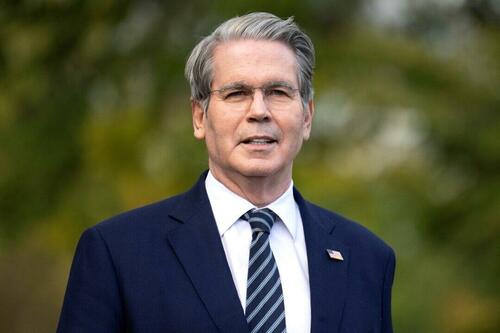
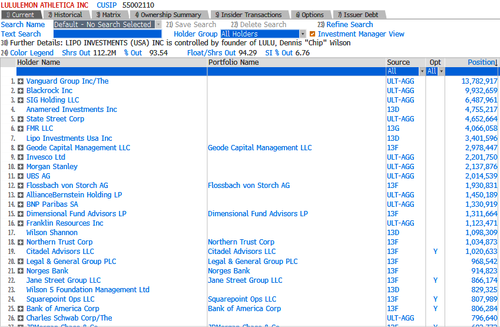

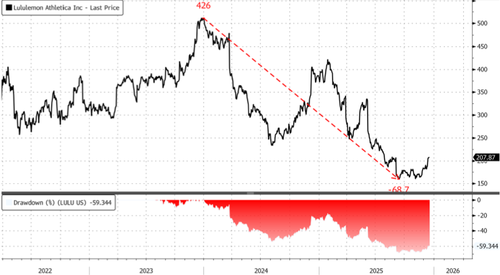



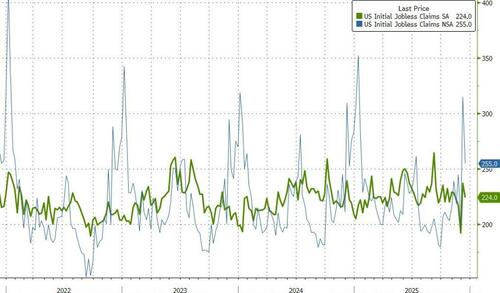
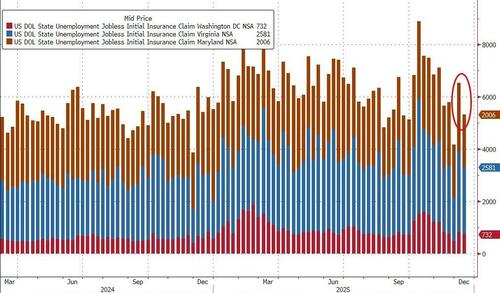
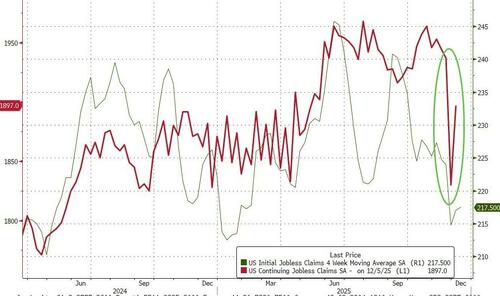
 The Minnesota State Capitol in Saint Paul, Minn., on May 11, 2024. Madalina Vasiliu/The Epoch Times
The Minnesota State Capitol in Saint Paul, Minn., on May 11, 2024. Madalina Vasiliu/The Epoch Times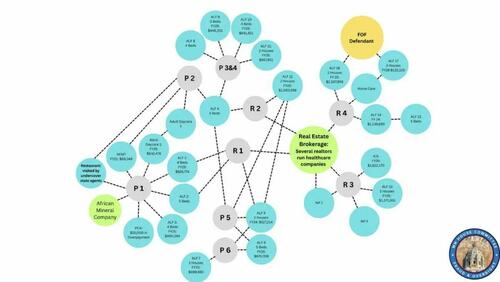 A chart that Minnesota Rep. Kristin Robbins presented at a hearing shows how an indicted fraud suspect is allegedly tied to other people, businesses, and taxpayer-funded government programs. Screenshot via The Epoch Times/Minnesota Fraud Prevention and State Agency Oversight Policy Committee
A chart that Minnesota Rep. Kristin Robbins presented at a hearing shows how an indicted fraud suspect is allegedly tied to other people, businesses, and taxpayer-funded government programs. Screenshot via The Epoch Times/Minnesota Fraud Prevention and State Agency Oversight Policy Committee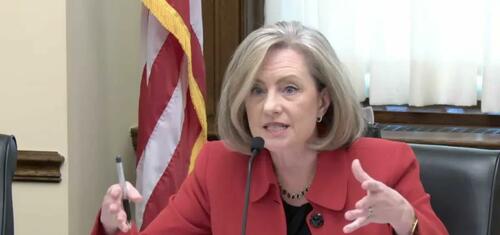 State Rep. Kristin Robbins, a Republican, speaks at a committee meeting in St. Paul, Minn., on Dec. 17, 2025. Screenshot via The Epoch Times/house.mn.gov
State Rep. Kristin Robbins, a Republican, speaks at a committee meeting in St. Paul, Minn., on Dec. 17, 2025. Screenshot via The Epoch Times/house.mn.gov
 Sen. Mark Kelly (D-Ariz.) speaks at the Democratic National Convention in Chicago on Aug. 22, 2024. Madalina Vasiliu/The Epoch Times
Sen. Mark Kelly (D-Ariz.) speaks at the Democratic National Convention in Chicago on Aug. 22, 2024. Madalina Vasiliu/The Epoch Times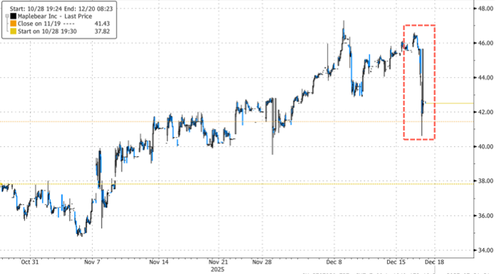
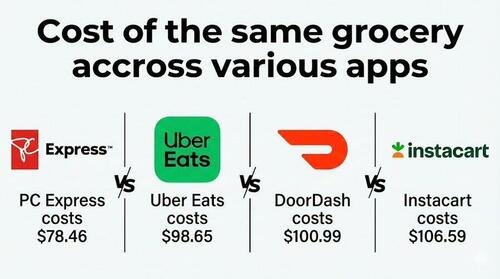
 Almost every year since the Social Security Act was passed in 1935, there have been amendments to that original law. Everett Collection/Shutterstock
Almost every year since the Social Security Act was passed in 1935, there have been amendments to that original law. Everett Collection/Shutterstock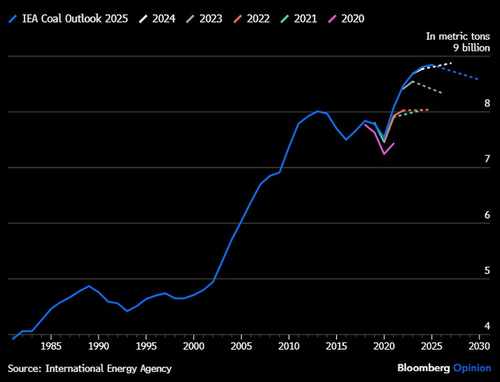
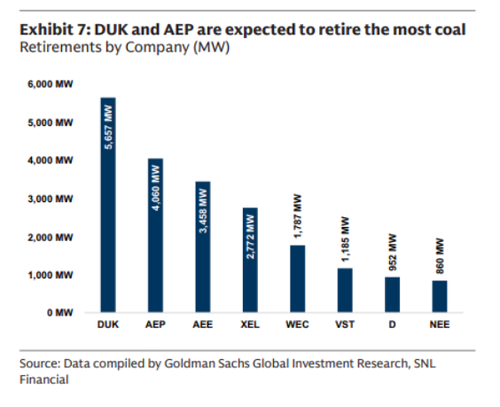

 Getty Images
Getty Images
Recent comments